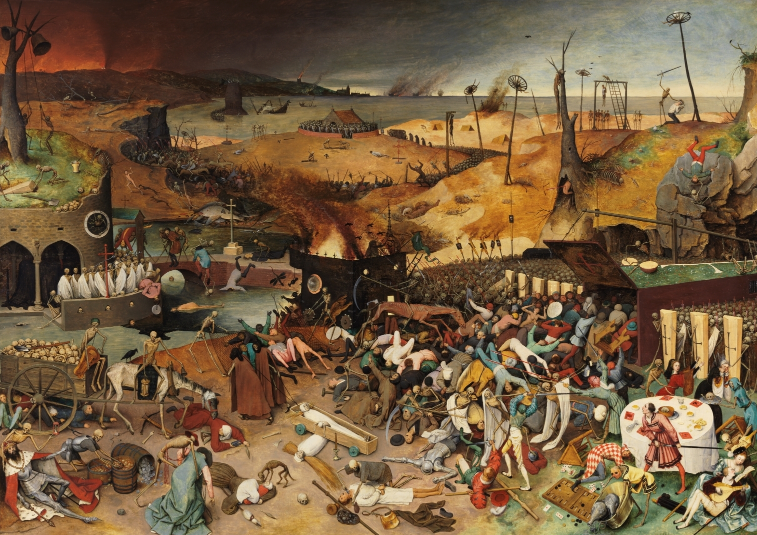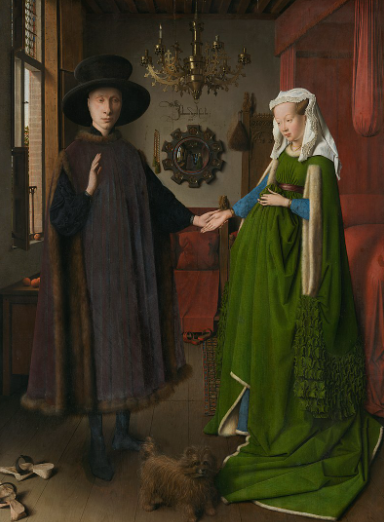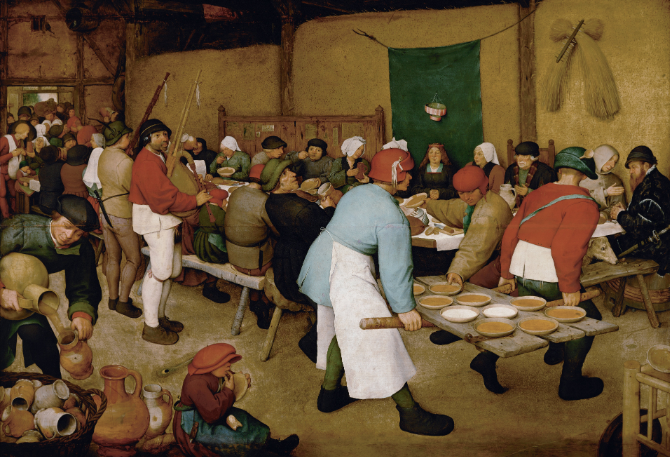The 15th century was a significant period in the history of Northern European art. During this time, art flourished amidst political, economic, and social upheaval. War, plague, and religious crises brought great suffering to society, but they also provided a unique environment for artistic development. Let's delve into this era and explore how Northern European art thrived amid turmoil.

In 1348, the Black Death swept through Italy and soon spread across Europe, causing millions of deaths. Meanwhile, the Hundred Years' War (1337-1453) kept the European continent in a state of prolonged instability and conflict. This period saw the gradual collapse of feudalism, with political power centralizing, which allowed rulers to consolidate their authority more effectively. The early stages of capitalism began to emerge, with trade companies and financial institutions springing up, supporting rapid economic growth.

Despite the turbulent social environment, artistic progress was not hindered. On the contrary, it was under such conditions that Northern European artists created many masterpieces. The region of Flanders, a major wool market for England, became a crucial center for artistic development in the 15th century. Here, oil painting techniques significantly advanced, and the art of illuminated manuscripts reached new heights. Meanwhile, the invention of the printing press in Germany opened new avenues for the dissemination of knowledge and art.
The influence of religion was particularly prominent in the art of this period. The Great Schism and the Hundred Years' War impacted artistic expressions, infusing works with reflections on religion and politics. Northern European artists not only depicted religious themes but also paid attention to social realities, reflecting people's living conditions and spiritual world through their art. For instance, the works of the van Eyck brothers not only held significant religious meaning but also showcased the details of daily life and people's activities.

The unique aesthetic characteristics of 15th-century Northern European art were also evident. Detailed depictions, complex compositions, and rich use of color gave the artworks a strong visual impact and profound intellectual depth. Artists skillfully manipulated light and shadow to imbue their works with a vivid sense of reality and a mysterious religious atmosphere.
In summary, 15th-century Northern European art shone brightly amid social turbulence. War, plague, and religious crises posed great challenges but also inspired artists' creativity and expressive desires. In this era of transformation and innovation, Northern European art, with its unique charm and profound meaning, became a significant chapter in the history of European art.